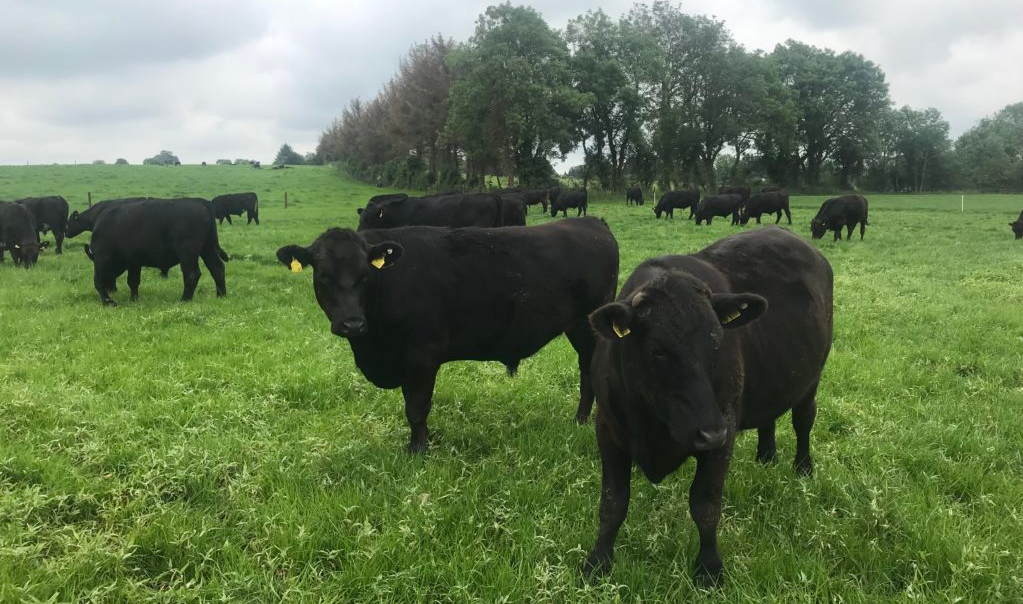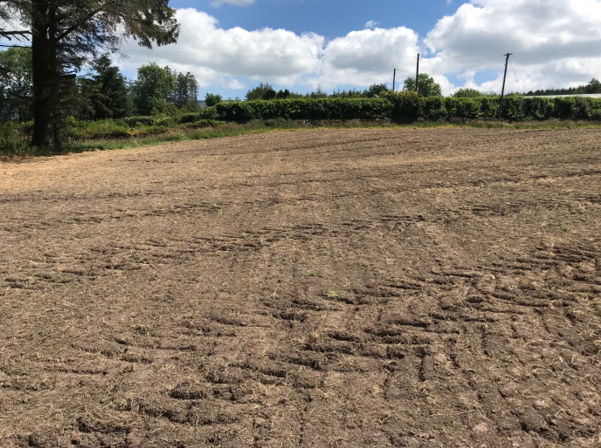By Seán Cummins – Teagasc Green Acres Calf to Beef Programme advisor
As 2019 draws to a close, the participants in the Teagasc Green Acres Calf to Beef Programme are preparing for the spring ahead.
Although lower than desired beef prices cast a shadow over the year, the six key pillars on which the programme is structured – calf rearing; animal health; grassland management; soil fertility; financial management; and farm planning – remain as pertinent as ever.
Regardless of purchase price, the first few days of a calf’s life, and indeed the management of its dam during the dry period in terms of the vaccinations administered – has a big impact on its viability for beef production going forward.
Traditionally, a number of farmers enrolled in the programme would have employed the services of calf buyers to purchase calves and, thus, the number of farms from which calves were sourced was greatly inflated.
Moving forward – on account of health issues with pneumonia and scour on some farms – it’s planned to reduce this practice in 2020, with more direct farm purchasing occurring.
With this practice, calves are not only selected on physical and genetic characteristics, but also on the herd of origin’s health and disease status and colostrum management practices.
2019 necessary changes
Along with making adjustments to the way in which calves are purchased on some farms, investments are also being made in grazing infrastructure, soil fertility and reseeding.
The reasons for these investments are three-fold – to extend the grazing season when conditions allow, to grow more grass and to increase the proportion of grazed grass in the animals’ diet.
Maximising the proportion of grazed grass in the diet has been repeatedly shown to be a major contributing factor to profitable beef production systems and, given the nature of calf-to-beef weanlings, an earlier turnout can be targeted when the correct infrastructure is in place.
Additionally, work is on-going in terms of correcting soil fertility issues at farm level. At the onset of the programme, all of the farms were soil sampled. In terms of pH, 17% of the total land area was of a pH of 5.5 or lower; 13% was between 5.5 and 5.9; 13% was at 5.9 to 6.2; 22% was between 6.2 and 6.5; and 35% was at a pH of 6.5 or greater.
Furthermore, soil samples indicated that 30% of the ground sampled fell within the index 1 category; 27% was index 2; 33% was index 3; and only 10% was at index 4 for phosphorous (P).
The potassium (K) levels on the farms indicated that 9% of ground was at index 1; 27% was at index 2; 30% at index 3; and 34% was at index 4 – meaning that 64% of all land reached the optimum level of soil fertility for K (index 3 or 4).
From the above, Nutrient Management Plans were completed for all of the farms and the process of correcting soil fertility is on-going through the targeted use of lime and chemical and organic fertilisers.
In addition, tweaks to production systems are beginning to take shape with some of the farmers moving away from store systems to on-farm finishing, while alterations to finishing ages have also been adopted at farm level.
Another key pillar of the Teagasc Green Acres Programme is animal health and an increased focus has been placed on the implementation of vaccination programmes (pneumonia, IBR and clostridial diseases) and herd health plans.
In terms of nutrition, winter feeding plans have been completed on all of the participating farms. Although first-cut silage quality was at 71% DMD (average across all farms), there’s still significant scope to improve in 2020 and a target of 74-75% DMD has been set.
Furthermore, milk replacer feeding levels will also be monitored at farm level to ensure that calves are provided with adequate levels of nutrition during the crucial calf rearing phase.


